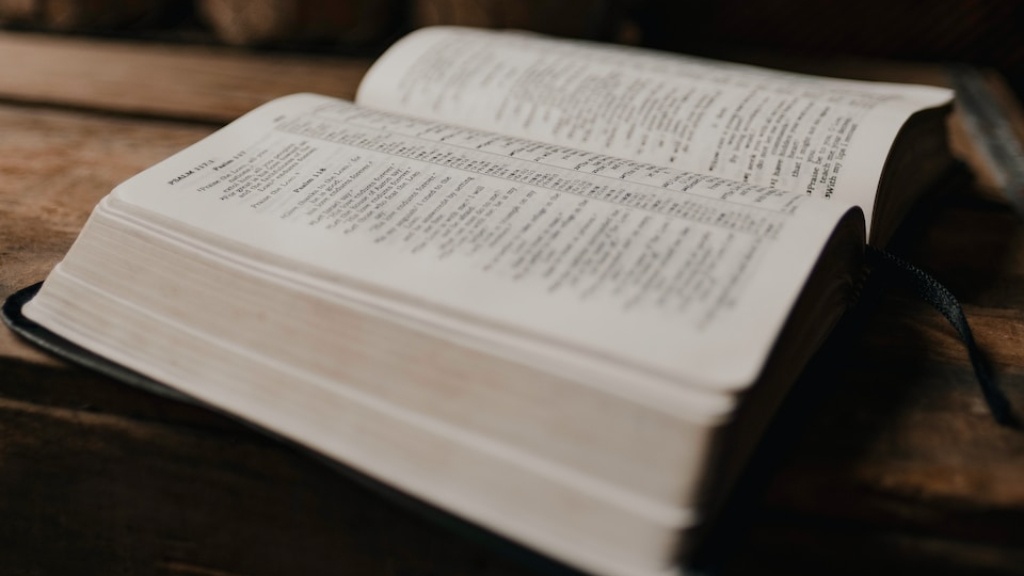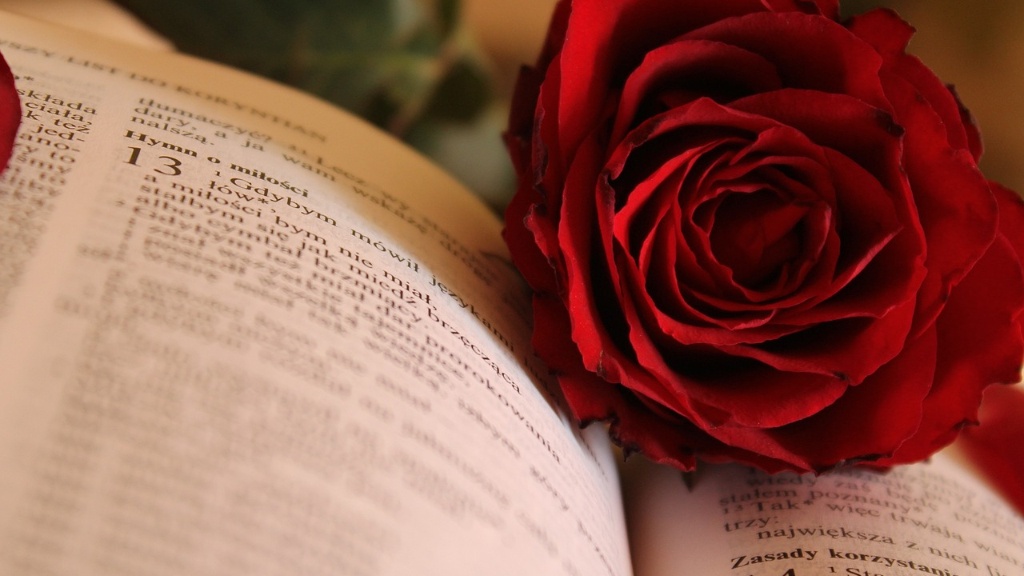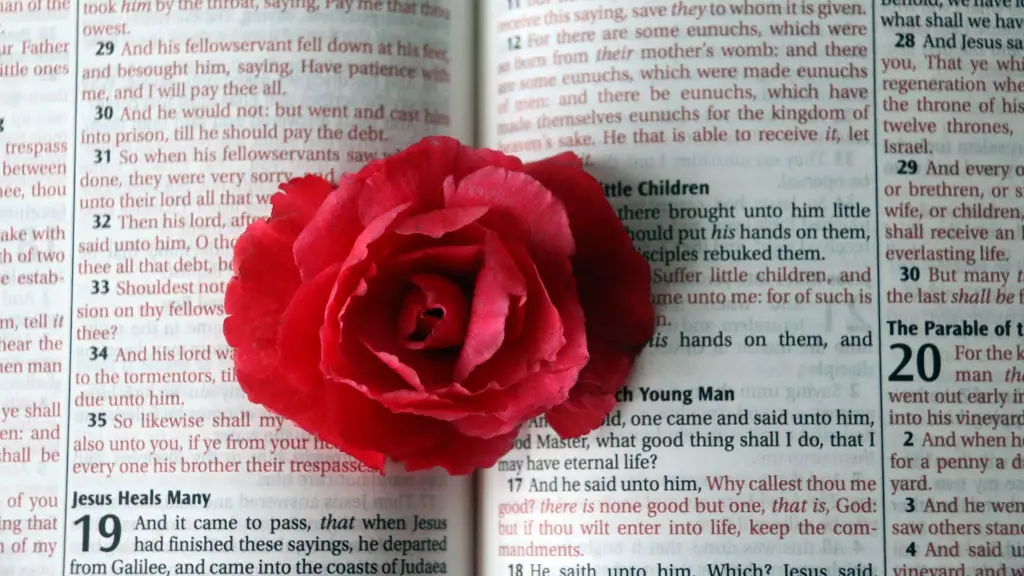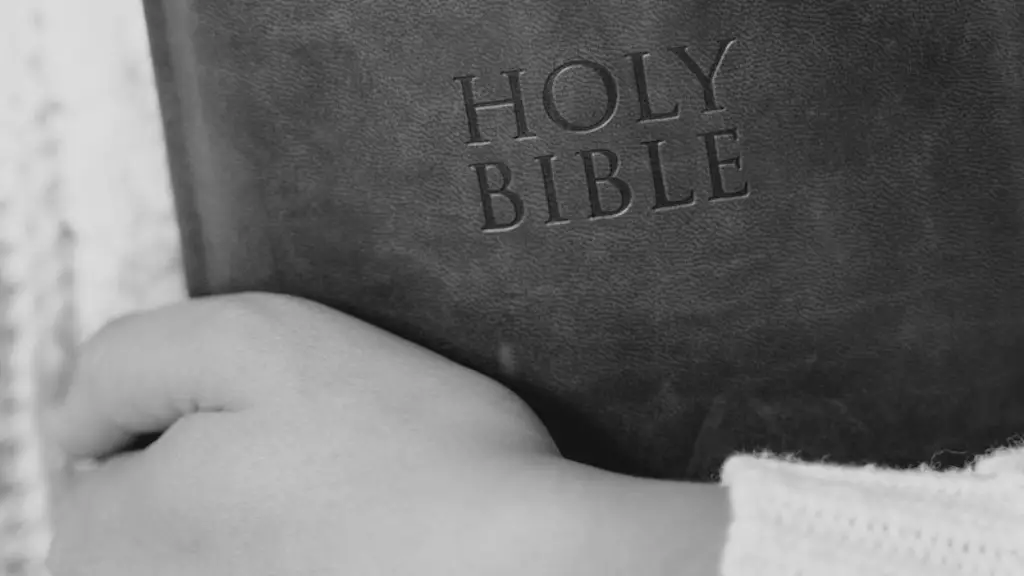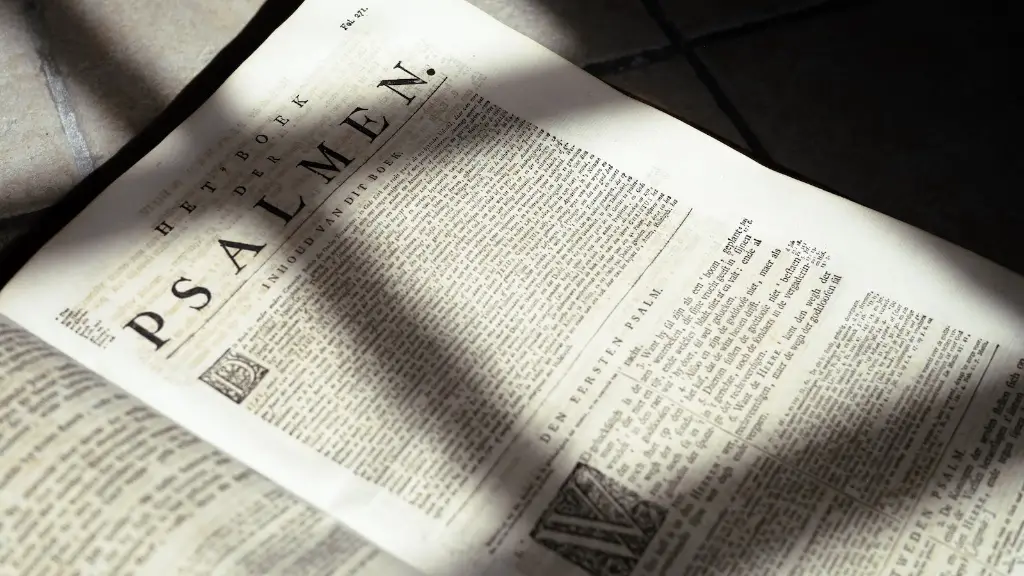What does the rainbow mean in the Bible? The rainbow has typically been seen as a symbol of hope and peace, but its meaning in the Bible is much deeper than that. The rainbow, first mentioned in Genesis 9:13-17, is seen as God’s promise to never again flood the entire earth with a calamitous deluge, from which the entire human race would suffer. The rainbow therefore, holds a unique significance in Abrahamic faith communities.
The primary significance of the rainbow in the Bible involves its connection to God’s promise; when God placed the rainbow in the clouds, he was making a symbolic gesture, implying he would never again wipe out humans, animals, and all other forms of life with a global flood, as he had done in the past. Through this gesture, God was inviting humankind to trust him and start anew with hope and promise.
Throughout the Bible, God’s promises always came with a reminder of the consequences of breaking them. God was and is a patient and forgiving God; however, he also expected his people to seek to keep and maintain the bond of trust and to turn away from wickedness in all its forms. This rainbow was a reminder of God’s divine power and a call to repentance and righteousness. In the Old Testament, God commanded Noah to build the ark and then placed the rainbow in the clouds as a sign of his promise.
Today, the rainbow is a meaningful symbol for any Christian. The rainbow is a physical reminder of God’s never-ending love and mercy, and it is a call to maintain faith and hope in a world that often seems filled with darkness. It symbolizes God’s faithfulness, trustworthiness, and commitment to His promises, and is a reminder of the unique bond between God and his people.
In addition to its meaning in the Bible, the rainbow has also become a symbol of inclusivity and tolerance in today’s society. With its recognition by the LGBTI+ movement, the rainbow has come to be a symbol of the celebration of diversity and freedom. It has become a powerful symbol, the many different colours and shapes represent the variety of human experiences and the acceptance of all people, irrespective of sexual orientation, gender identity, ethnicity, or faith.
The rainbow is more than a symbol of God’s promise, however. It is a powerful reminder of the beauty of creation, and of the love and mercy of God. The rainbow is a symbol of peace, hope, and joy, a reminder that God is always with us.
The Rainbow in Art and Literature
Rainbows have long been featured in works of art and literature, often as a symbol of hope and peace. They are often portrayed as a bridge between heaven and earth, or as a symbol of God’s divine blessing. In many cultures, the rainbow is seen as a divine messenger, a reminder that God is present and that his promise of hope and peace still stands.
The rainbow has been featured in literature and art for centuries. William Shakespeare used the rainbow to symbolize hope in his play, The Tempest, and the rainbow has been used as a symbol of hope and renewal in countless other works.
In music as well, the rainbow has long been used as a symbol of hope and peace. In American folk music, the song Somewhere Over the Rainbow is an anthem for hope in the midst of despair, with the rainbow symbolizing hope in a far-off land. Similarly, the blues song The Story of the Rainbow tells the story of a wanderer who finds hope in the colors of a rainbow.
Rainbows have also been used as symbols of acceptance and celebration in visual art. Artists like Marc Chagall, Salvador Dali, and Yayoi Kusama have all used the rainbow as a symbol of acceptance and inclusivity, a reminder to embrace our differences and celebrate them. The rainbow has become an international symbol of hope, joy, and unity.
The Rainbow and Nature
When we think of rainbows, we typically think of them as a natural phenomenon. But the rainbow, in nature, carries a deeper meaning that has been recognized for centuries. According to some interpretations, rainbows are said to signify the different emotions and experiences of life; the red may symbolize love, pain and anger, the orange joy and excitement, the yellow hope and optimism, the green serenity and peace, the blue calmness and faith, and the purple strength and compassion. In this sense, the rainbow could be seen as a reminder of the richness and complexity of human experience.
In addition, rainbows in nature are often associated with good luck and blessing. This is because in many cultures and belief systems, rainbows are seen as a bridge between the supernatural world and ours, a reminder that good times are ahead and that help is available when needed.
The rainbow may also be seen as a symbol of blessing and abundance. By some interpretations, when a rainbow appears in the sky, it is a reminder that God has blessed the world with plenty. In this way, the rainbow could be seen as a reminder that the world is filled with beauty and the capacity for abundance and prosperity.
Finally, rainbows in nature may also be seen as a reminder to respect the power of nature and the beauty of creation. Rainbows are a reminder to appreciate nature and the beauty of life, and to use the power of nature to create positive change in the world.
Rainbows in Culture and Tradition
Rainbows have long been used as part of religious and spiritual rituals in cultures around the world. In Native American cultures, rainbows are seen as symbols of balance, harmony and unity between humanity and the natural world. Similarly, in Hindu culture, rainbows are believed to symbolize a connection between earth and heaven. In Christianity, rainbows are seen as a reminder of God’s promise of hope and peace.
Rainbows also feature prominently in traditional colors and motifs in many cultures. They are often featured in traditional clothing, jewellery, and other accessories, as a reminder of the beauty of nature, a representation of the divine, or a symbol of respect and reverence.
The rainbow also has a special place in folklore and myth. In some cultures, rainbows are seen as a bridge between the physical and spiritual world, a reminder that help is available if you seek it. Rainbow-colored creatures, like unicorns and dragons, are often featured in myth, representing the mysterious and magical potential of nature.
Rainbows are also featured in traditional symbolism and iconography. In some cultures, rainbows are associated with certain gods or goddesses, or are used to symbolize the spirit or soul. In others, rainbows symbolize connectedness, balance, and harmony between the physical and spiritual realms.
Rainbow Aftermath
The appearance of a rainbow often leads to a feeling of awe and wonder. Rainbows are reminders of beauty and of the power and mystery of nature. To many people, seeing a rainbow is a reminder that hope is always present, and that joy and beauty can be found in times of darkness and despair.
Rainbows can also be seen as reminders of God’s love, mercy, and power. Many people consider rainbows as a reminder of God’s divine presence in our lives, and of his willingness to keep his promises, even in the midst of darkness and despair.
Rainbows are also often seen as symbols of hope and joy, reminders that the future can be full of hope and beauty. No matter what the future may bring, rainbows serve as reminders that we can always find light in the darkness and beauty in the mundane.
Finally, rainbows are also a reminder of acceptance and inclusivity. In many ways, rainbows are a symbol of the beauty and power of diversity, and a reminder that every individual is worthy of acceptance and love, no matter their circumstances.
